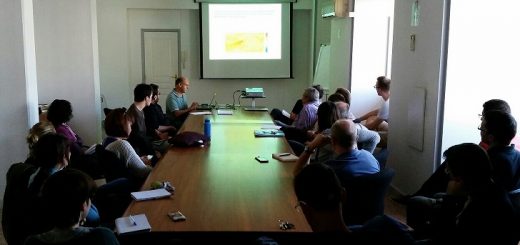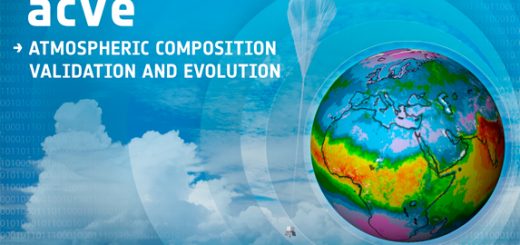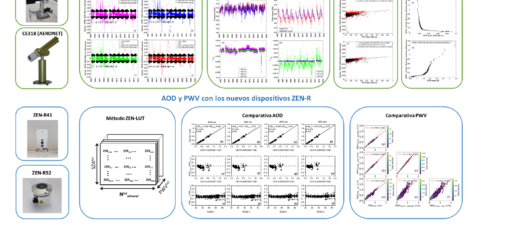Quality assessment of ozone total column amounts as monitored by ground-based solar absorption spectrometry in the near infrared (>3000 cm-1)”, paper published in Atmospheric Measurement Techniques Discussion
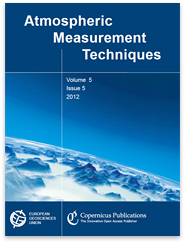
This paper examines the possibility of ground-based remote sensing ozone total column amounts (OTC) from spectral signatures at 3040 and 4030 cm-1. These spectral regions are routinely measured by the NDACC (Network for the Detection of Atmospheric Composition Change) ground-based FTIR (Fourier Transform InfraRed) experiments. In addition, they are potentially detectable by the TCCON (Total Carbon Column Observing Network) FTIR instruments.
The ozone retrieval strategy presented here estimates the OTC from NDACC FTIR high resolution spectra with a theoretical precision of about 2% and 5% in the 3040 cm-1 and 4030 cm-1 regions, respectively. Empirically, these OTC products are validated by inter-comparison to FTIR OTC reference retrievals in the 1000 cm-1 spectral region (standard reference for NDACC ozone products), using a 8-year FTIR time series (2005-2012) taken at the subtropical ozone super-site of the Izaña Observatory (Tenerife, Spain). Associated with the weaker ozone signatures at the higher wavenumber regions, the 3040 cm-1 and 4030 cm-1 retrievals show lower vertical sensitivity than the 1000 cm-1 retrievals. Nevertheless, we observe that the rather consistent variations are detected: the variances of the 3040 cm-1 and the 4030 cm-1 retrievals agree within 90% and 75%, respectively, with the variance of the 1000 cm-1 standard retrieval. Furthermore, all three retrievals show very similar annual cycles. However, we observe a large systematic difference of about 7% between the OTC obtained at 1000 cm-1 and 3040 cm-1, indicating a significant inconsistency between the spectroscopic ozone parameters (HITRAN 2012) of both regions (Figure 1). Between the 1000 cm-1 and the 4030 cm-1 retrievals the systematic difference is only 2-3%. Finally, the long-term stability of the OTC retrievals has also been examined, observing that both near infrared retrievals can monitor the long-term OTC evolution in consistency to the 1000 cm-1 reference data.
NDACC FTIR sites routinely measure near infrared spectra >3000 cm-1, but currently only a subset of TCCON FTIR operates the InSb detector to cover this spectral region. In the light of the above results, adding such detector might be desirable and useful for TCCON sites. Hence, both NDACC and TCCON ground-based FTIR experiments might contribute to global ozone databases
For more details about this work please refer to: García, O.E., Schneider, M., Hase, F., Blumenstock, T., Sepúlveda, E., and González, Y.: Quality assessment of ozone total column amounts as monitored by ground-based solar absorption spectrometry in the near infrared (> 3000 cm−1), Atmos. Meas. Tech. Discuss., 7, 2071-2106, doi:10.5194/amtd-7-2071-2014, 2014. http://www.atmos-meas-tech-discuss.net/7/2071/2014/amtd-7-2071-2014.html
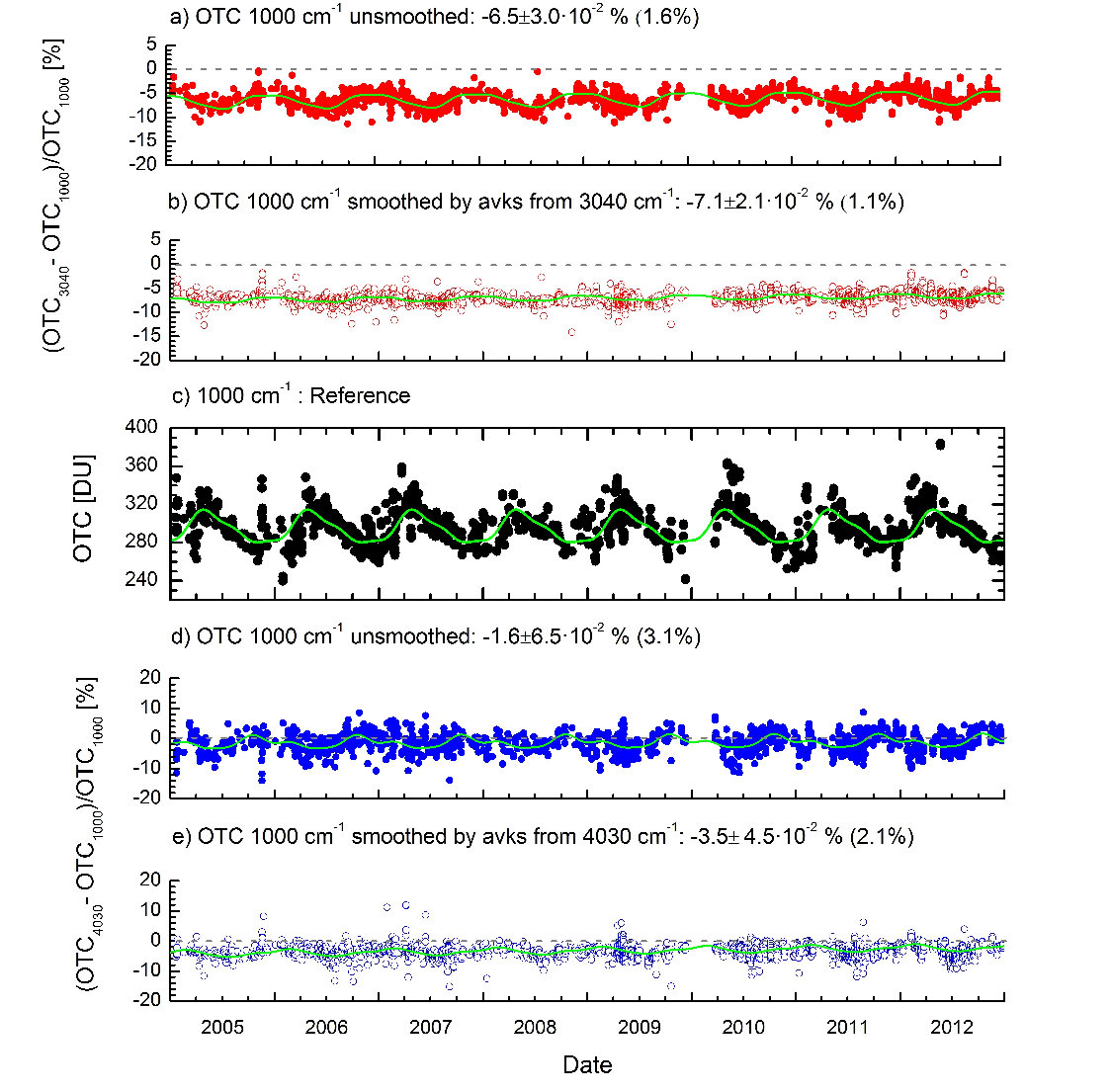
Figure 1. Consistency of OTC time series at Izaña between 2005 and 2012 using different spectral regions: (a) Relative difference [%] between the 3040 cm-1 and 1000 cm-1 OTC. (b) Same as (a), but after smoothing the 1000 cm-1 OTC data with the 3040 cm-1 averaging kernels. (c) Time series of the 1000 cm-1 OTC. (d) and (e) Same as (a) and (b), respectively, but for the OTC retrievals in the 4030 cm-1 region. The mean, the standard error of the mean (SEM) and the standard deviation (1σ, in brackets) of the relative differences are shown in the legend for each spectral region.

